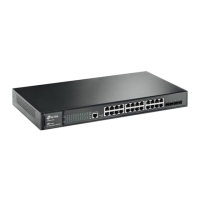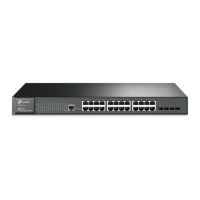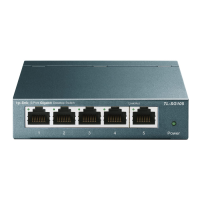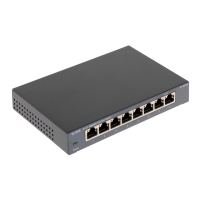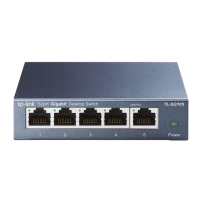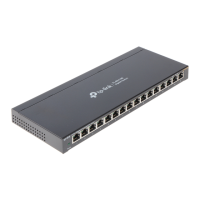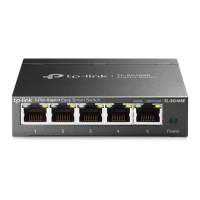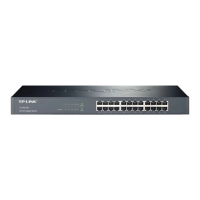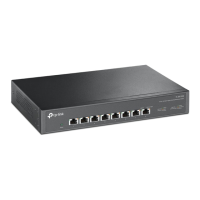266
15.5 DLDP
DLDP Overview
DLDP (Device Link Detection Protocol) is a Layer 2 protocol that enables devices connected
through fiber or twisted-pair Ethernet cables to monitor the physical configuration of the
cables and detect whether a unidirectional link exists. When a unidirectional link appears, the
local device can receive packets from the peer device through the link layer, but the peer
device cannot receive packets from the local device. Unidirectional links can cause a variety of
problems, such as spanning-tree topology loops. Once detecting a unidirectional link, DLDP
can shut down the related port automatically or inform users.
DLDP Operation Mechanism
1. DLDP Link States
DLDP defines 6 link states for a device:Initial, Inactive, Active, Advertisement, Probe and
Disable.
DLDP is enabled but the link is down.
Active This state is temporary and it indicates that:
1. DLDP is enabled and the link is up.
2. The neighbor entries in this device are empty.
Advertisement This state indicates that no unidirectional link is detected, which includes
two kinds of situations:
1. This device establishes bidirectional links with all its neighbors.
2. DLDP remains in Active state for more than 5 seconds.
Probe A device enters this state from the Active state if it receives a packet from
an unknown neighbor. In this state, the device will send out Probe packets
to detect whether the link is unidirectional.
This state indicates that a unidirectional link is detected.
Table 15-1 DLDP Link State
2. DLDP Work Process
The general DLDP work process chart is shown below:
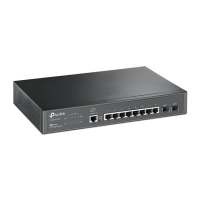
